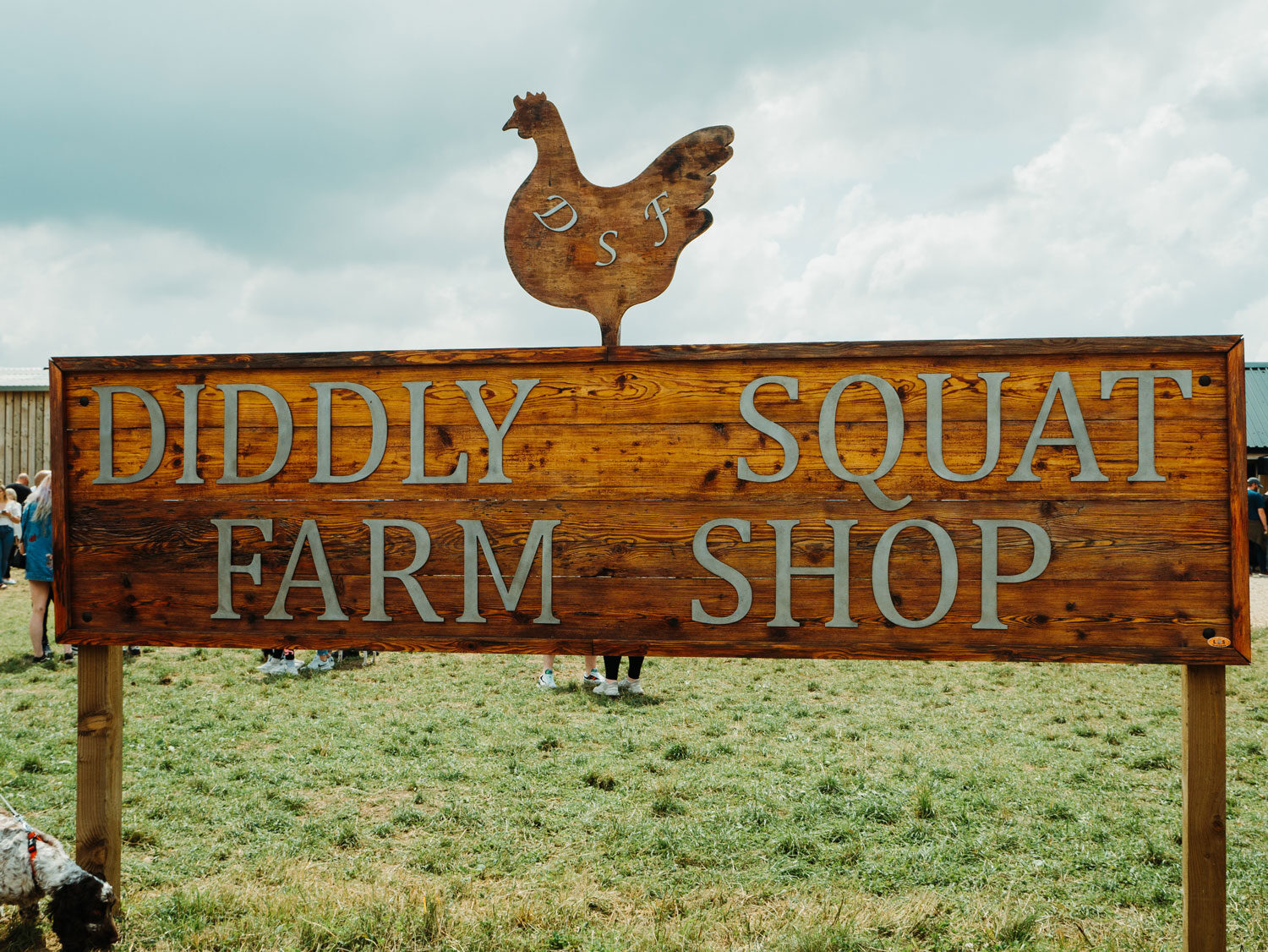The rollercoaster ride that has been the Diddly Squat Farm restaurant is one that will be very familiar to viewers of Clarkson’s Farm, with the brazen presenter turned farmer having faced-off with the local planning authority over the future of the new business.
After having his planning application refused, those tuning into the latest season will have learned that Jeremy’s appeal proved to be successful with the Planning Inspectorate granting permission. Thrings Planning Partner Fred Quartermain takes a look at the basics behind getting an appeal over the line.
Reasons for appealing
You’ve made an application and had it refused by the Local Planning Authority (LPA. If you want to continue development, you are left with two options at this stage – to appeal or to resubmit.
Your choice will most likely be determined by the reasons for refusal and whether you are able to rebut these with the current scheme by arguing its planning merits or if you need to make revisions to secure approval.
Until last year, applicants would be entitled to a free second submission, but this right has been removed through amendments to the Fee Regulations. Any amendments need to be carefully considered because whilst it is appropriate to submit information to overcome reasons for refusal, an appeal should not be used to amend a proposal.
The time limit to launch an appeal under Section 78 of the Town and Country Planning Act decision is most commonly six months but this can vary under different scenarios with potential appellants having even less time to make a decision on whether to fight the refusal.
Routes to appeal
Depending on the scale of development, an appeal could go down one of three routes:
- Written representations – For agricultural diversification projects such as on Clarkson’s Farm, this is the most common route. This sees an appointed Inspector make a decision on the application based on the documents submitted and the representations made in writing;
- Hearing – This builds on the written representations process but also allows for a discussion, chaired by the Inspector, to deal with the most contentious issues;
- Public enquiry – This is the most likely route for larger developments that requires a lot more time and expertise to inform a decision. Whilst often the quickest route owing to recent reforms, it is ultimately the most expensive option. Evidence is usually given under oath and subject to cross-examination.
Preparing yourself for an appeal
The most important thing you can do when considering whether to launch an appeal is to understand the scale of the problem – are you able to unpick or defend against the reasons for refusal?
With strict time limits in place, you and your team need to be alive to what the appeal allows you to do.
Be sure you have a plan of action ready for whichever route you opt to take. Consider the scope for making changes to ensure any issues the LPA had with the application are mitigated.
Whilst you can respond to the reasons for refusal, you cannot make changes that would make it a ‘materially’ different scheme and, with only a limited amount of change being acceptable through the appeal process, it is important to decide whether it is worth the fight or if submitting a new application is the more beneficial long-term solution.
Thrings’ Planning and Environment lawyers have extensive experience in navigating complex local and national planning policy legislation and has successfully supported commercial and residential applications through the approval and appeal processes. To find out more and for advice on your development proposals, including how to address enforcement notices, please get in touch.


